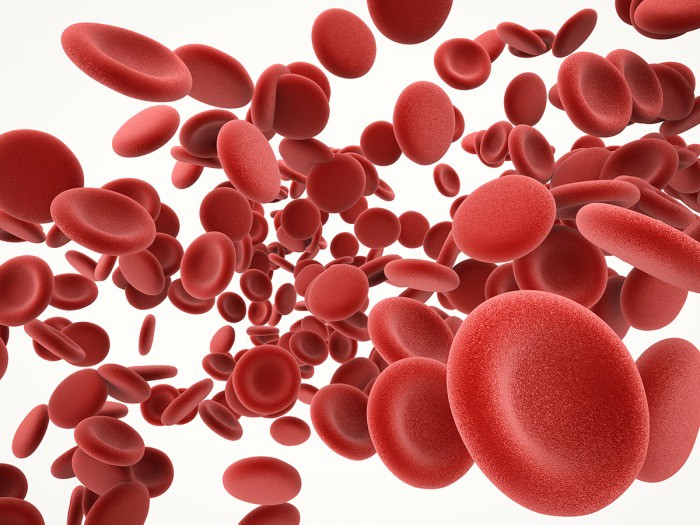Navigating Vascular Health with Precision: Ultrasound Unveiled
Ultrasound technology plays a crucial role in the detection and management of vascular conditions such as Deep Vein Thrombosis (DVT) and Abdominal Aorta Aneurysm (AAA). This non-invasive diagnostic tool provides valuable insights into these conditions, enabling early intervention and improved patient outcomes. Deep Vein Thrombosis (DVT) and Abdominal Aortic Aneurysm (AAA) are serious vascular conditions that can have life-threatening consequences if left undiagnosed and untreated. Ultrasound plays a pivotal role in the detection of these conditions, offering a non-invasive and effective means of diagnosis.
Deep Vein Thrombosis (DVT)
DVT is a common condition that often presents in emergency and outpatient settings. The gold standard for diagnosing DVT is venography, but ultrasound has emerged as the most accurate non-invasive test for this condition. Ultrasound scanning has the advantage of being non-invasive, requiring no contrast medium, and can be performed at the bedside, making it a preferred diagnostic tool.
Ultrasound is particularly effective in detecting symptomatic DVT due to its low morbidity and non-invasive nature. Studies have shown that ultrasound evaluation of vein compressibility is a highly accurate, simple, and objective method for detecting symptomatic proximal DVT. However, it’s important to note that the sensitivity of ultrasound in detecting proximal asymptomatic DVT can vary, highlighting the need for careful application and interpretation of results.
Risk Factors for DVT
DVT can occur in various populations, including pregnant women, individuals above 60 years old, and those who have undergone surgery. The risk of DVT increases with age, and men above 60 years old are particularly susceptible. Additionally, individuals with a family history of blood clots, obesity, prolonged immobility, and certain medical conditions such as cancer and heart disease are at higher risk.
Deep Vein Thrombosis (DVT) can indeed be detected in pregnant women or after surgery. During pregnancy, the risk of DVT increases due to various factors such as reduced blood flow to the legs caused by the growing baby pressing on blood vessels around the pelvis, and the increased risk during childbirth and up to 3 months after giving birth due to reduced movement and blood flow. Additionally, pregnant women are at a higher risk of DVT due to factors such as a body-mass index (BMI) of 30 or higher, smoking, a family history of DVT, bed rest, long-distance travel, and certain medical conditions including heart disease, cancer, and diabetes.
Role of Ultrasound in DVT Detection
Ultrasound, specifically venous ultrasound, is the gold standard imaging test for diagnosing acute DVT. It uses sound waves to capture real-time images of vascular structures, revealing narrowed blood vessels, blockages, and changes in blood flow. Duplex ultrasound successfully identifies 95% of deep vein thromboses that occur in the large veins above the knee, making it an excellent tool for screening and diagnosis.
Abdominal Aorta Aneurysm (AAA)
AAA is a relatively common pathology with a high mortality rate if ruptured. Early diagnosis and intervention are crucial to reduce the associated morbidity and mortality. Traditional physical exams are often unreliable in detecting AAAs, making ultrasound a valuable tool in this context. Ultrasound is used for screening AAAs by measuring the abdominal aorta diameter. It’s a non-invasive tool that has demonstrated positive effects in early detection.
Ultrasound is also used for disease detection and surveillance following endovascular treatment due to its inherent characteristic advantages, including being non-invasive, non-iodinated contrast usage, and radiation-free exposure. However, ultrasound cannot be used to identify a leak in an AAA, but the presence of an aneurysm in an unstable patient is conclusive.
Risk Factors for AAA
Risk factors for AAA include age, smoking, family history, male gender, and atherosclerosis. Individuals over 65 years old, especially men, and those with a family history of AAA are at increased risk. Smoking is a significant modifiable risk factor, and individuals with a history of smoking or currently smoking are at higher risk of developing AAA.
Role of Ultrasound in AAA Detection
Ultrasound is used for screening AAAs by measuring the abdominal aorta diameter. It is a non-invasive tool that has demonstrated positive effects in early detection. Complete duplex ultrasound (CDUS) is the preferred venous ultrasound protocol for the diagnosis of acute DVT, with high sensitivity and specificity, making it an invaluable tool for the detection and management of AAA.
At Ultram, we offer comprehensive vascular ultrasound services for the detection and management of conditions like DVT and AAA. Our team of experts uses the latest ultrasound technology to provide accurate and timely diagnoses, facilitating early intervention and improved patient outcomes. Contact us today to schedule your vascular ultrasound.

